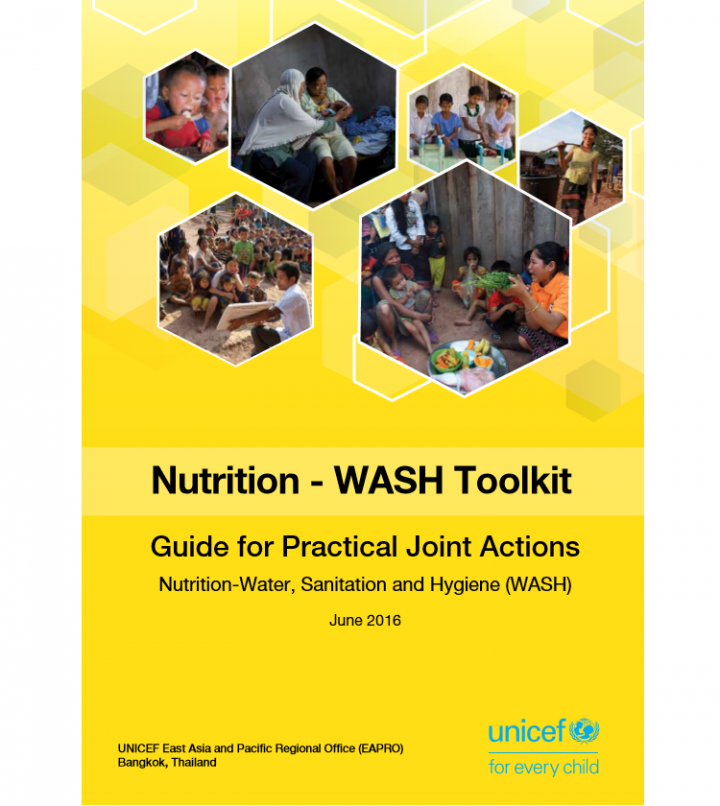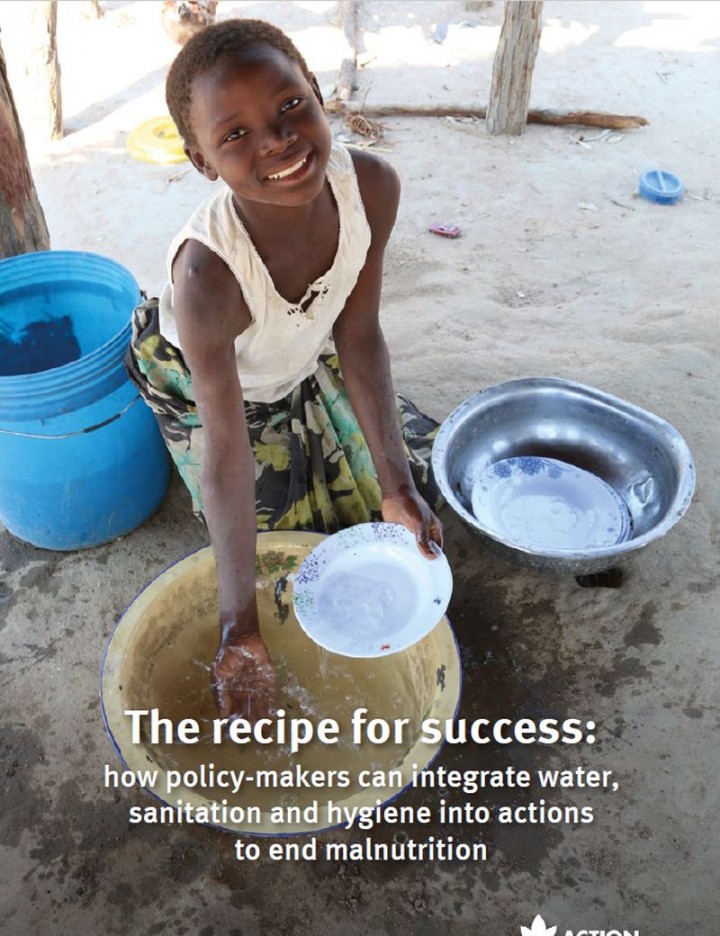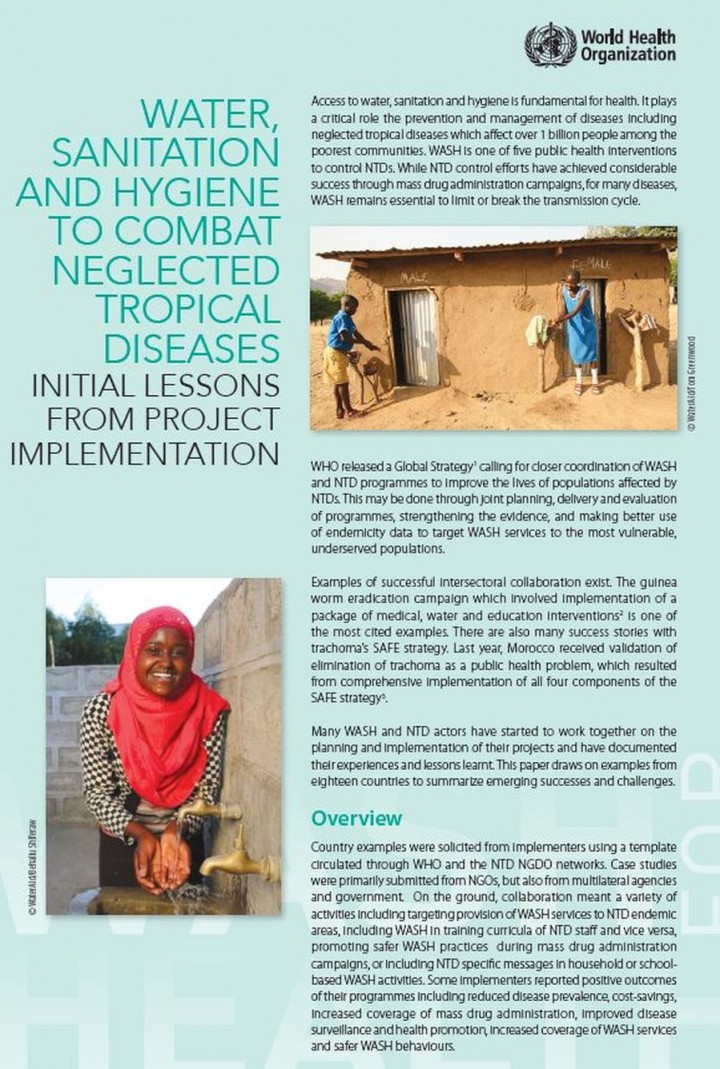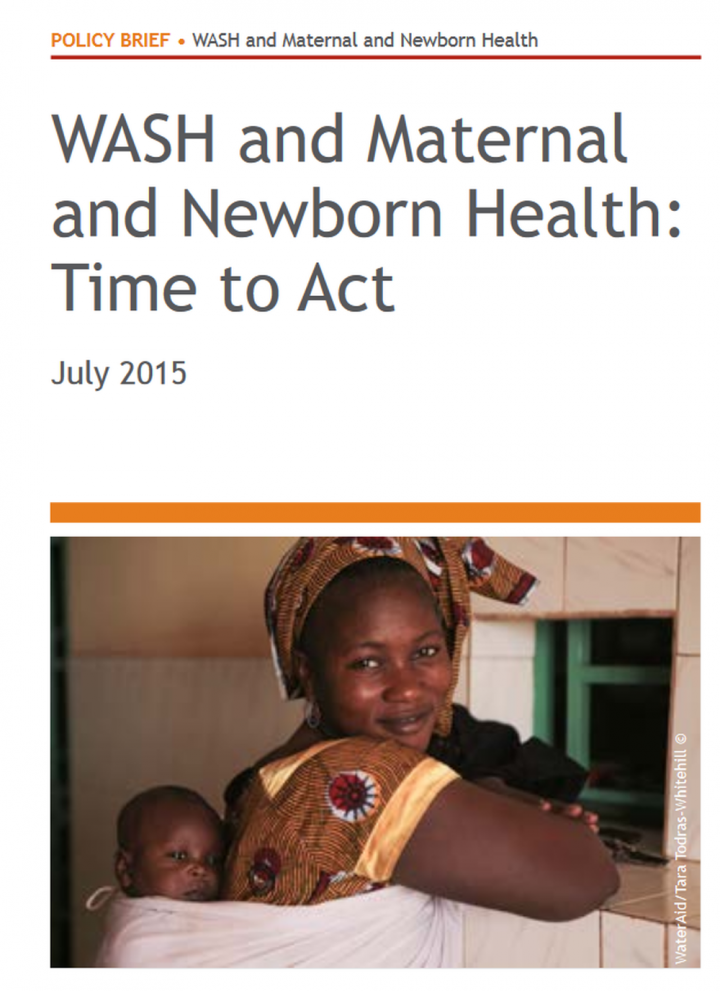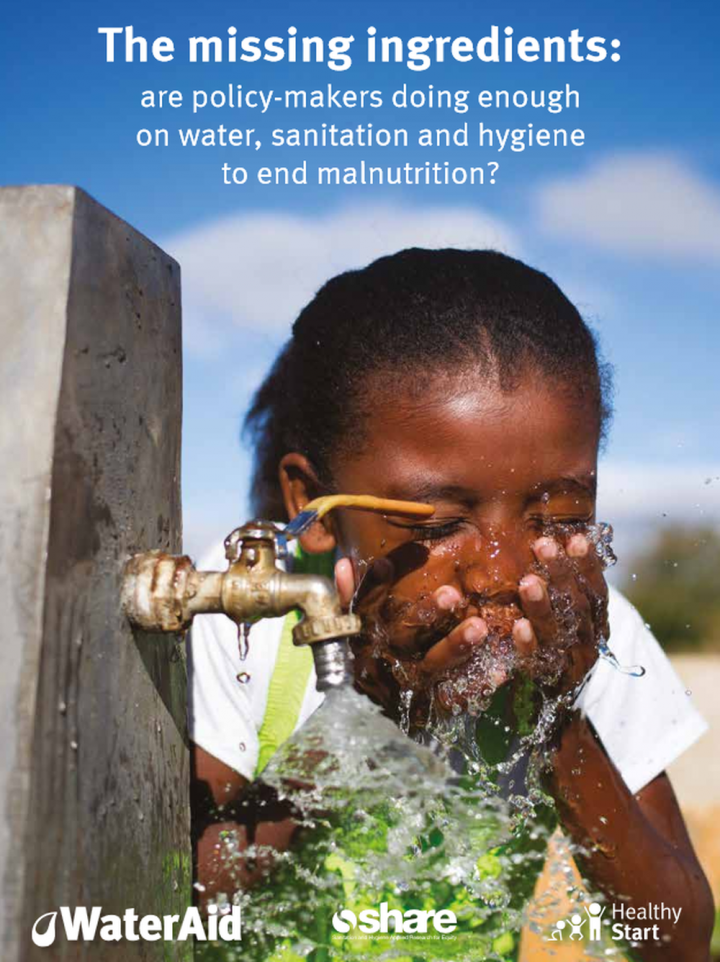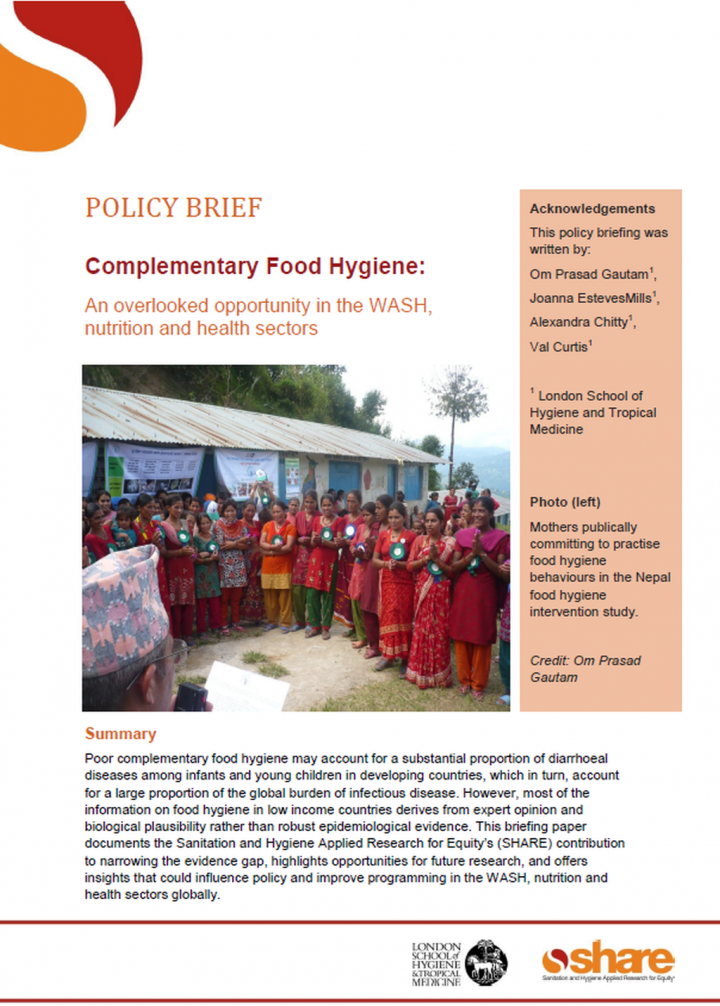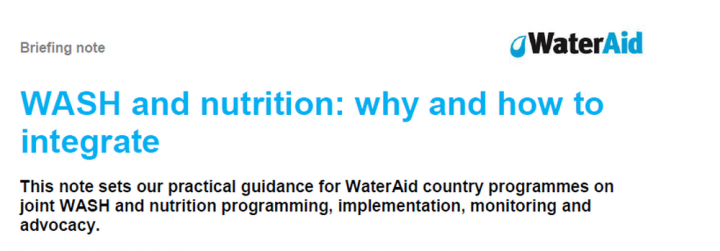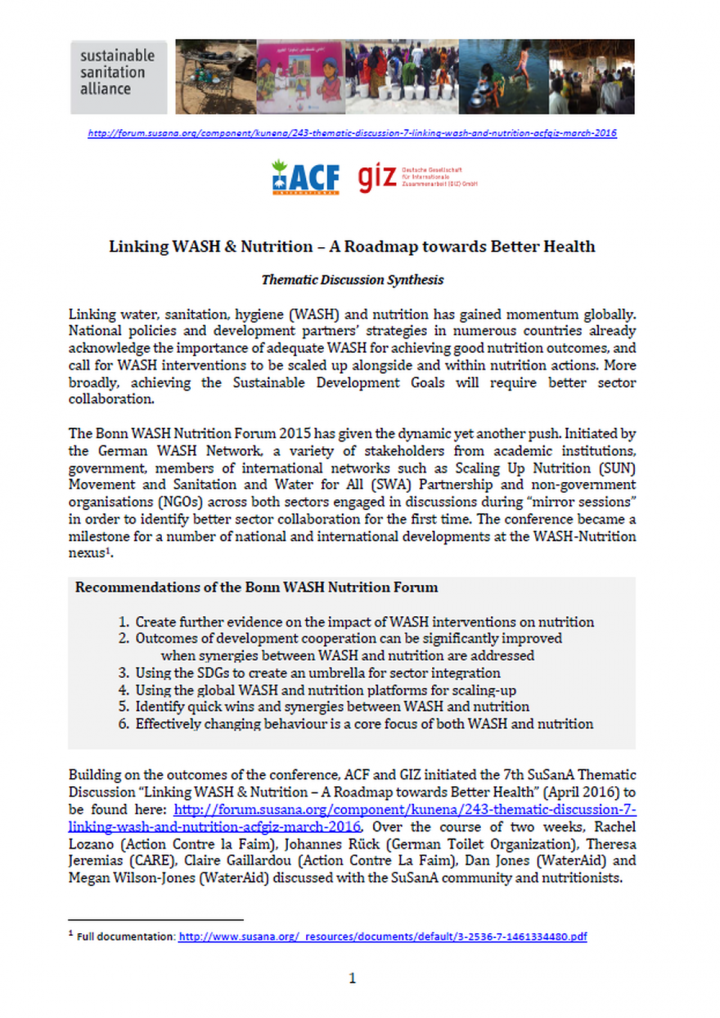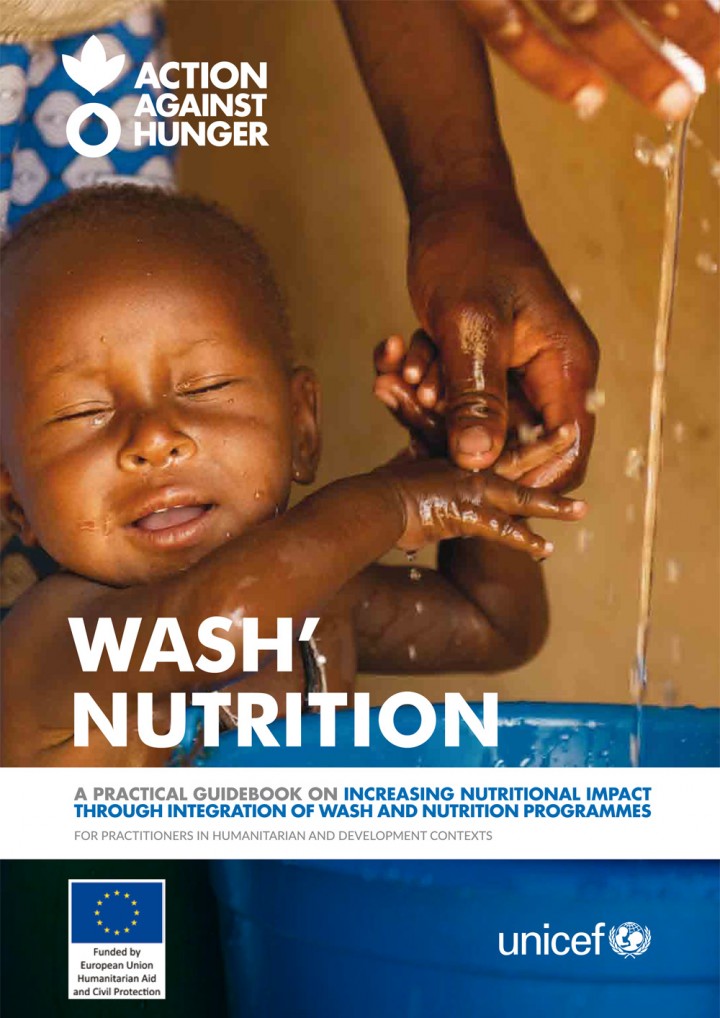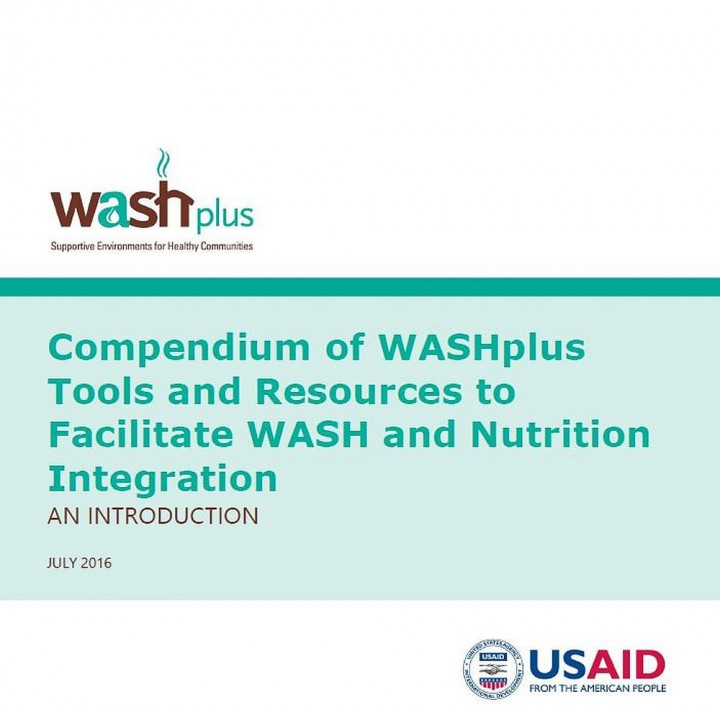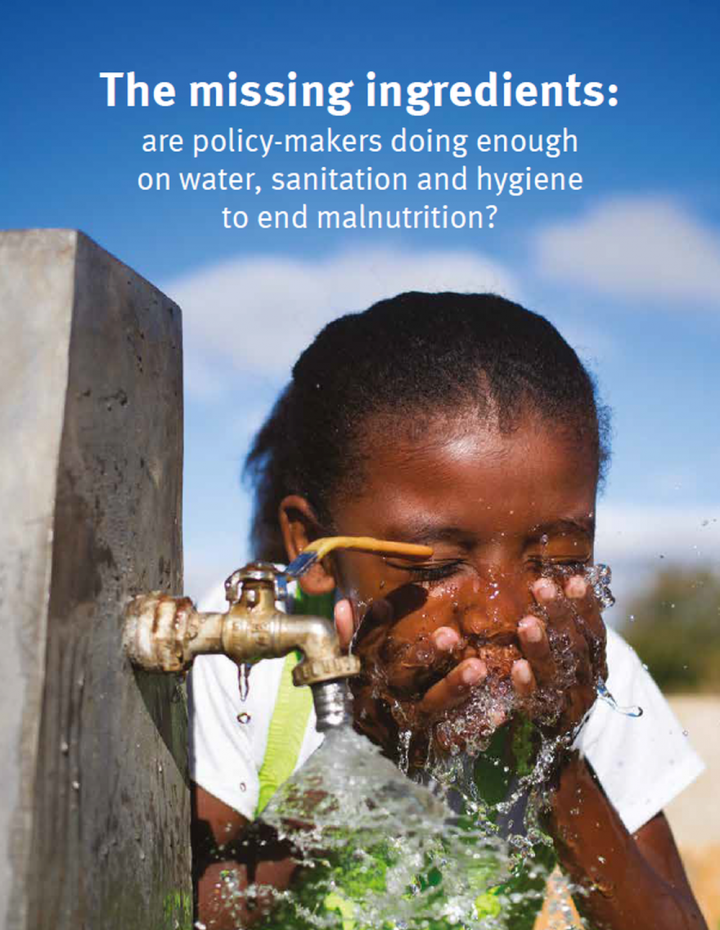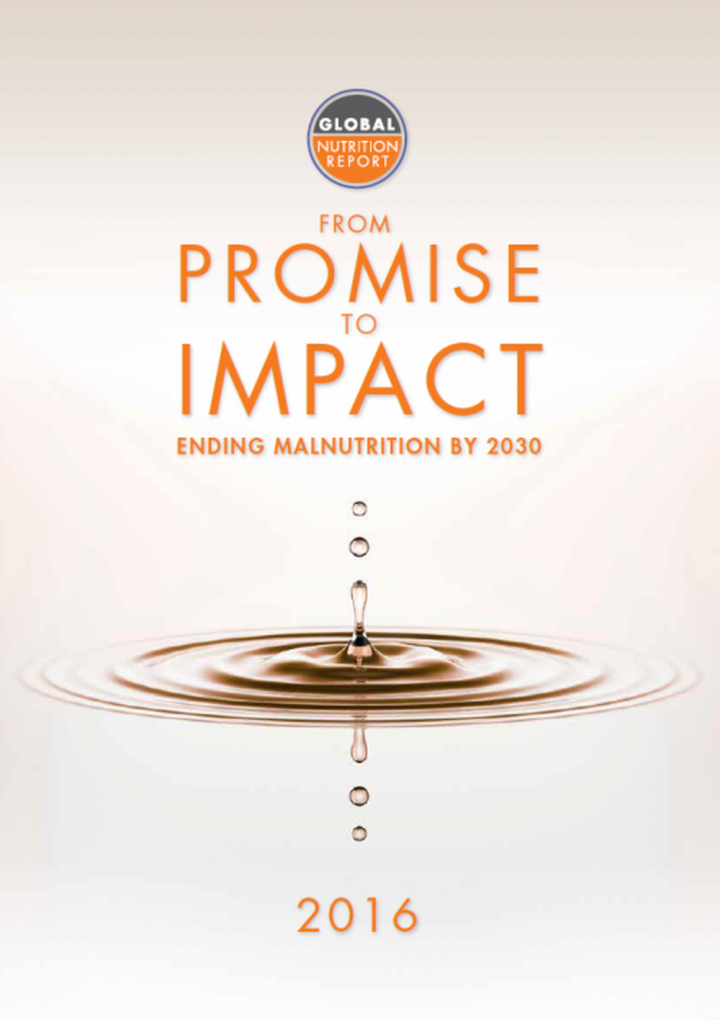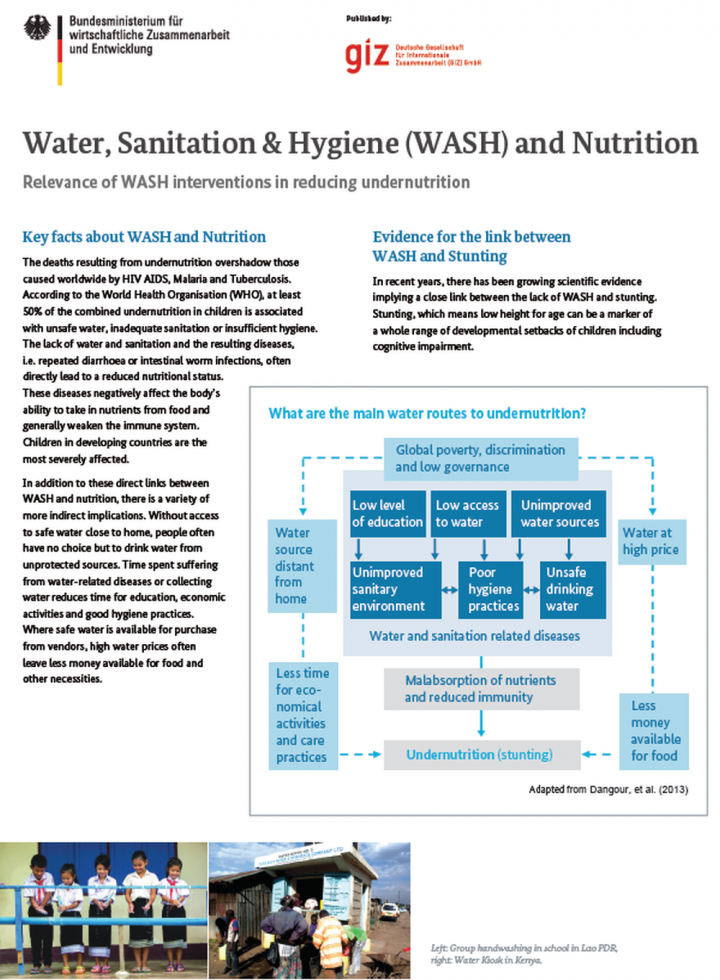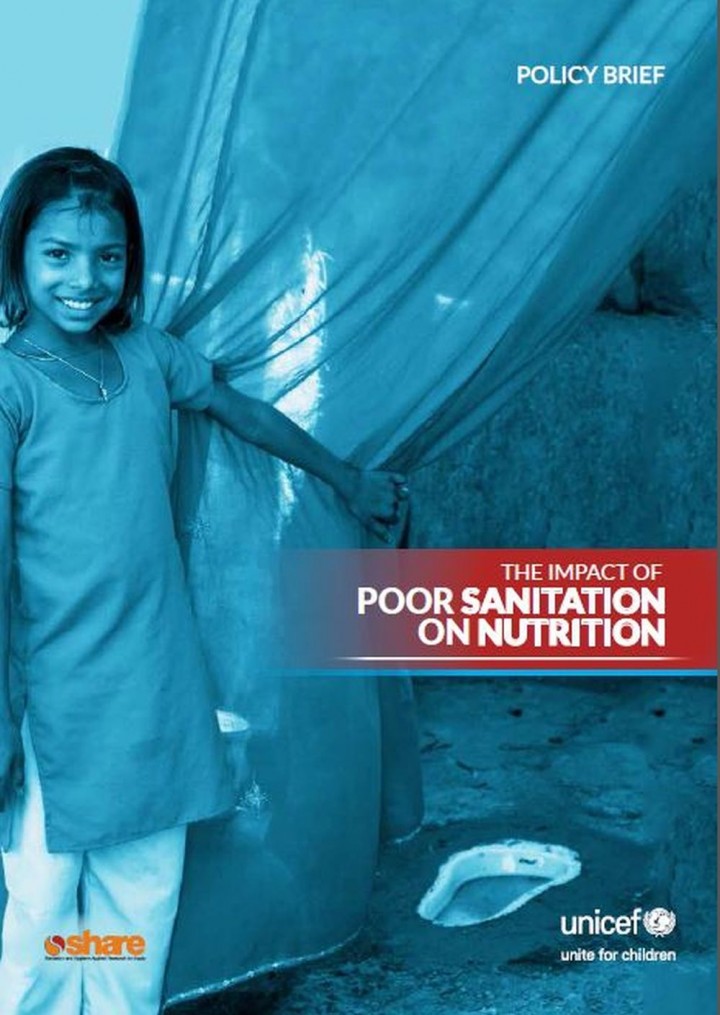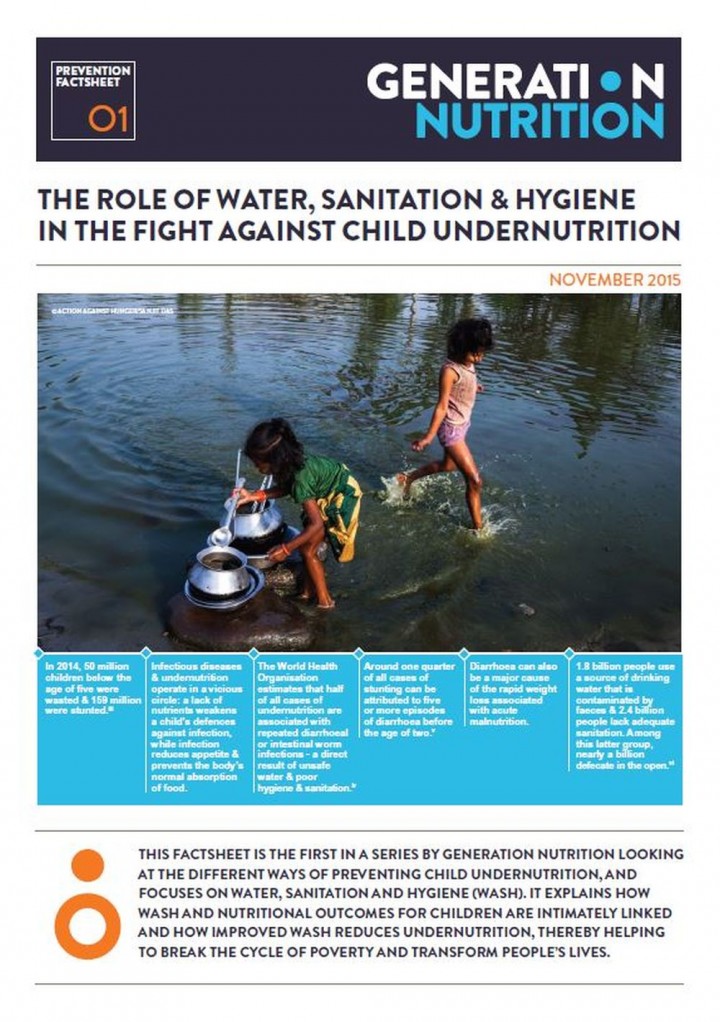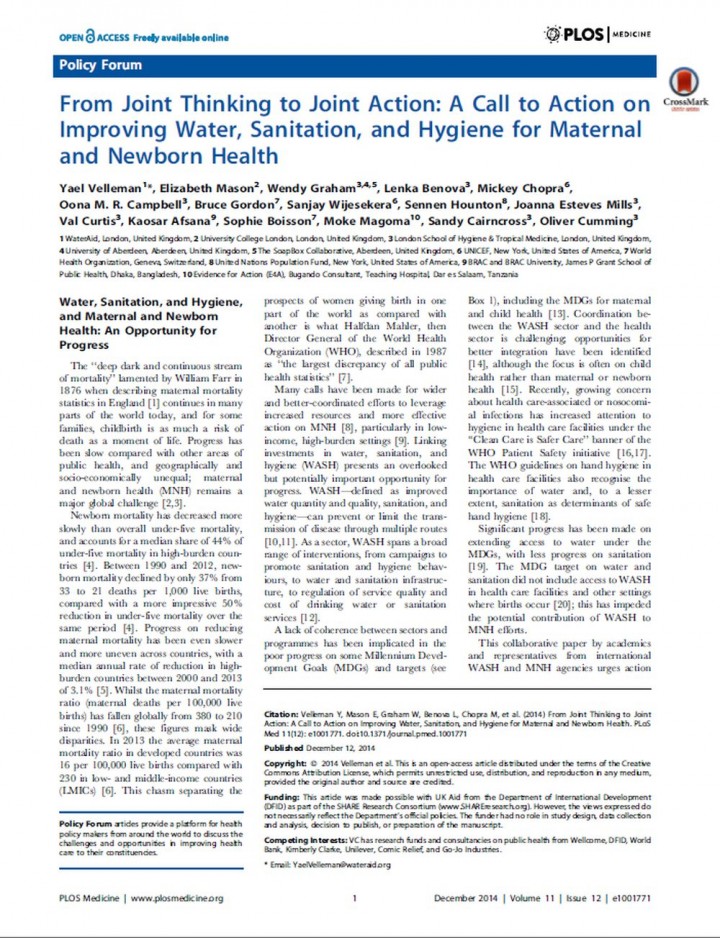Searching for information on Sanitation Workers?
The Sanitation Workers Knowledge + Learning Hub is the best source for all current news, trends, articles and updates on sanitation workers rights around the world.
The Ministry of Education and Sports recognizes that Water, Sanitation and Hygiene (WASH) programs in schools (WinS) are a key priority area and that improved hygiene practices and a clean school environment are contributory factors to ensuring that learners can enjoy an acceptable standard of health. The need for a clean school environment is highlighted in the 2016 School WASH mapping report. …
Undernutrition is a major cause of disease and death, affecting billions of people worldwide, especially women and children in impoverished communities. In the East Asia and Pacific (EAP) region, despite economic growth, and achievements in health and nutrition indicators, maternal and child malnutrition rates and burden remain high. Almost 28 million children are stunted in the EAP region, with …
In this report the authors analyse the approaches governments and donors are taking to cross-integrate nutrition and water, sanitation and hygiene (WASH) within their nutrition and WASH national policies and plans. The report aims to provide a ‘recipe’, or toolkit, to stimulate debate and discussion of the options and opportunities to bring together WASH and nutrition policies and programmes.
Water, sanitation and hygiene are essential for preventing and managing diseases including neglected tropical diseases which affect over 1 billion people among the poorest communities. Closer coordination of WASH and NTD programmes is needed to ensure WASH services are reaching the most vulnerable populations. Many WASH and NTD actors have started to work together on the planning and …
Water, sanitation and hygiene (WASH) are critical in the prevention and care for all of the 17 neglected tropical diseases (NTDs) scheduled for intensified control or elimination by 2020.
Provision of safe water, sanitation and hygiene is one of the five key interventions within the global NTD roadmap. Yet to date, the WASH component of the strategy has received little attention and the …
This policy brief documents the state of the evidence on how poor WASH impacts MNH and summarises SHARE's contribution to our understanding. It also highlights opportunities for future research and offers insights that could influence policy and improve programming in both sectors globally. In doing so, it offers a powerful argument in favour of using WASH to support efforts on MNH to leverage …
This policy brief highlights the often overlooked opportunity that addressing complementary food hygiene offers the WASH, nutrition and health sectors for improving health outcomes. It outlines SHARE's contribution to narrowing the evidence gap concerning the relationship between food hygiene and child health, indicates opportunities for future research, and offers insights that could influence …
This report, conducted by SHARE and WaterAid, highlights why water, sanitation and hygiene are essential for nutrition. Through an analysis of national nutrition plans and policies in 13 countries, the research highlights the extent to which WASH is embedded at policy level and where and how improvements must be made.
This evidence paper looks at 10 areas identified collaboratively with the United Nations Children’s Fund (UNICEF) on which WASH can plausibly have a strong impact: diarrhoea, nutrition, complementary food hygiene, female psychosocial stress, violence, maternal and newborn health, menstrual hygiene management, school attendance, oral vaccine performance, and neglected tropical diseases.
Linking water, sanitation, hygiene (WASH) and nutrition has gained momentum globally. National policies and development partners’ strategies in numerous countries already acknowledge the importance of adequate WASH for achieving good nutrition outcomes, and call for WASH interventions to be scaled up alongside and within nutrition actions. More broadly, achieving the Sustainable Development …
The guidebook on how to increase nutritional impact through integration of WASH and Nutrition programmes is an operational guidebook which demonstrates the importance of both supplementing nutrition programmes with WASH activities and adapting WASH interventions to include nutritional considerations i.e. making them more nutrition-sensitive and impactful on nutrition. It has been developed to …
La présente stratégie régionale mise à jour en 2015 a été lancée en 2012 face à la crise nutritionnelle et alimentaire au Sahel, révisée lors du processus de consultation en 2014, elle reste une orientation intersectorielle adaptable aux spécificités nationales et locales de chaque pays.
French title: Stratégie - Groupe Régional WASH, Afrique l'Ouest et Centrale
Governments around the world have committed to end malnutrition by 2030. However, international and national nutrition plans and actions will fail if they don’t include all the ingredients for success. Evidence shows that scaling up nutrition-specific interventions to 90% coverage in 34 of the countries with the highest burden of child undernutrition, will only reduce stunting by 20%.
This …
The Global Nutrition Report is the only independent and comprehensive annual review of the state of the world’s nutrition. It is a multipartner initiative that holds a mirror up to our successes and failures at meeting intergovernmental nutrition targets. It documents progress on commitments made on the global stage, and it recommends actions to accelerate that progress.
The Global …
Water, sanitation, and hygiene can have a profound effect on health and nutrition. A growing base of evidence on the link between sanitation, child height, and well-being has come at an opportune time, when the issue of sanitation and nutrition in developing countries has moved to the top of the post-2015 development agenda.
With 165 million children suffering from chronic undernutrition (being stunted) and 52 million suffering from acute malnutrition (being wasted) (UNICEF et al., 2012), more concerted and cross-sectoral Action is needed. Improving water, sanitation and hygiene (WASH) in the context of nutrition programming offers one important opportunity to do this. A recent systematic review of 14 studies on WASH …
The dominant nutrition discourse concerns access to adequate food and its quality. It now includes food security, food rights and justice, governance and agriculture. Despite many initiatives to assure food access, and growing economies, high levels of undernutrition persist in much of Asia. It is increasingly suggested that much of this ‘Asian enigma’ can now be explained by open defecation …
This factsheet is the first in a series by Gereration Nutrition looking at different ways of preventing child undernutrition, and focuses on Water, Sanitation and Hygiene (WASH). It explains how WASH and Nutrition outcome for children are intimately linked and how improved WASH reduces undernutrition, thereby helping to break the cycle of poverty and transform people's lives.
A French version …
There is sufficient evidence that water, sanitation, and hygiene (WASH) may impact maternal and newborn health (MNH) to warrant greater attention from all stakeholders involved in improving MNH and achieving universal WASH access.
Enabling stronger integration between the WASH and health sectors has the potential to accelerate progress on MNH; this should be accompanied by improving monitoring …



